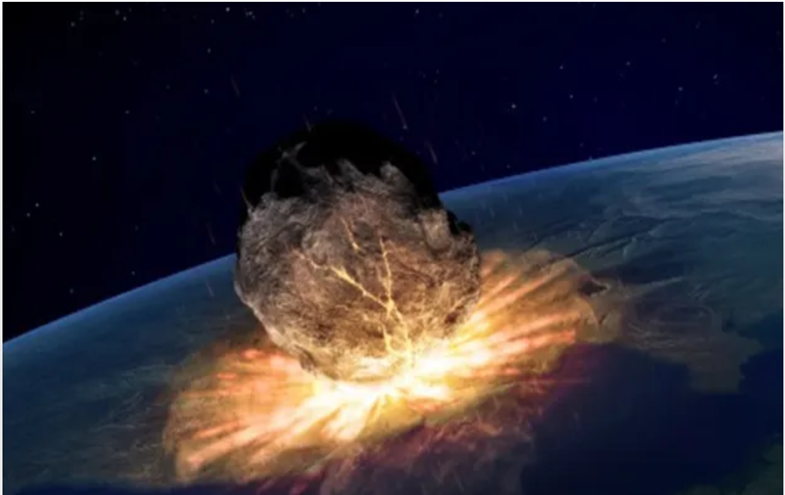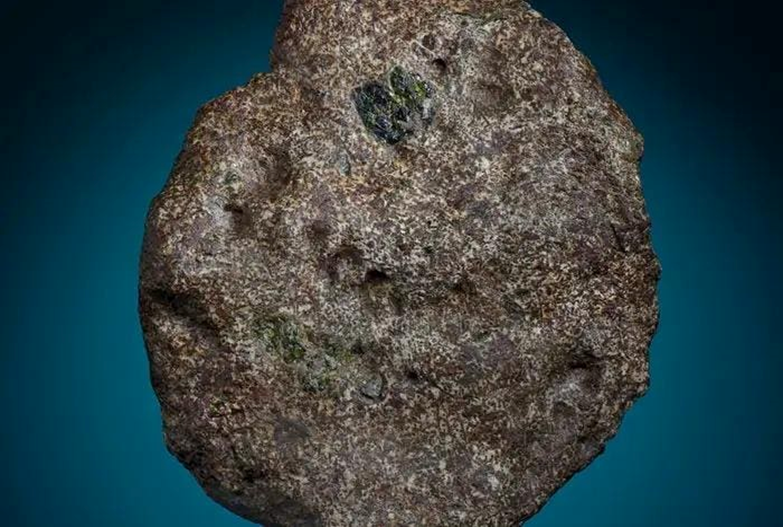The mystery of the rare meteorite that struck Algeria 4 billion years ago

The rare meteorite that was found in the Algerian desert, most of its components are ice (Pixaby)
A group of researchers from Japan, China and England were able to conduct new studies on a meteorite found in the Algerian desert in 1990, which enabled them to add new elements to our understanding of how the solar system originated and solve the mystery of the ice remnants inside the meteorites that no one of the researchers had been able to solve before. I coded it.
More than 4 billion years
According to the study, which was published on November 21 in the journal "Science Advances", the researchers relied on a new ultra-fine nanotechnology, which enabled them to study fossils from the remnants of melted ice. Its effects have remained for more than 4 billion years, which will enable scientists to add new knowledge about how our planet and the solar system originated.
Scientists do not know when this meteorite fell on Earth, but they were able to determine its age, which is 4.6 billion years, that is, it is closer in age than the solar system that arose 5 billion years ago, and it is also considered one of the most important meteorites that were found on our planet because of its age, and also because It came from far away from the solar system.
Since its discovery in the Tamanrasset region of the “yellow slavery” region, this meteorite has been subjected to several studies, but this new study, led by Japanese researcher Megumi Matsumoto from Kyoto University, was able to conduct analyzes on the remains of this ice, which was previously a mystery to scientists, knowing that this This is the first time that researchers have been able to analyze these remains.
Rare meteorite
The researchers concluded by forming a new model in analyzing meteorites and reading their history based on the remnants of this ice found in this rare meteorite.
Charaf Chabo, dean of the Faculty of Earth Sciences and Engineering at the University of Setif in Algeria, says in a statement by phone to Al Jazeera Net that this meteorite, named Acfer 094, was discovered with a large group of meteorites by German researchers between 1990 and 1991.

Dr. Sharaf continues, saying, "The number of meteorites at that time was about 200, as the German researchers chose the yellow slavery area to search for these meteorites because its sands are yellow, and therefore it is easy for them to find these stones, and their number is about 200, but they were all transferred to Germany, and this is unfortunate."
He added that this meteorite is very rare, because it dates back almost to the time of the formation of the solar system, and it is the oldest in the world, therefore Subjecting it to analyzes will enable researchers to understand the origin of the universe.
remnants of an icy asteroid
Researchers believe that this meteorite is the remnant of an asteroid that was previously icy and exploded when it entered a very cold region, and parts of it fell in the desert of Algeria.
According to this new model, the beginning of the formation of asteroids was from dust, after which silicate material was formed, which in turn was surrounded by ice, and with the passage of time this material grew due to the accumulation of dust, but without ice, thus forming a core rich in ice and a crust that lacks it.
As it approached the cold regions within the solar system, this substance turned into a solid rock that also grew with the passage of time, and the nucleus grew with it, and the asteroid exploded.
The lead researcher, Megumi Matsumoto, said in a statement to Al-Jazeera Net via e-mail, "We previously knew that this meteorite contained ice fossils. This is a major achievement in understanding the formation of this meteorite, which is key to understanding the origin of the universe."

"This meteorite was found in the desert of Algeria, and it was cut into a few parts to be distributed to some universities and museums, and any researcher who wants to conduct studies on it will have access to it," Megumi added.
Source: websites

